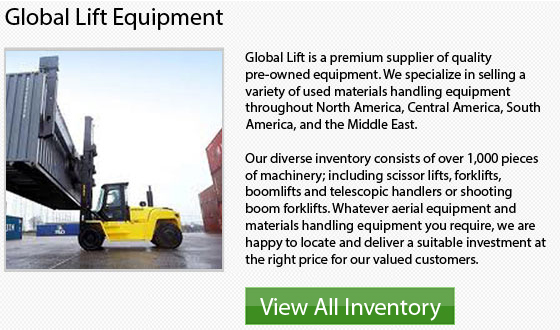
Lift truck operators are often on the trucks more than 7 out of 8 hours per day in several forklift companies. Operators would be asked to constantly unload and load trucks the whole day. Lots of of these operators do not need to check with supervisors very often, neither do they need to deal with paperwork. Sometimes they are doing the same task during the shift for the duration and they don't even have to move the forks to adapt to various loads. These operators normally find the forklift counterbalance sit-down models much more effective and comfortable.
Maneuvering space depending on the place, several facilities have a lot of room in which lift trucks and machines can work in. In these situations, an engine powered or 4-wheel electric forklift remains an essential player within the warehousing fleet.
Other facilities are crammed to capacity however with limited room for forklift maneuverability. These facilities can have staging areas and shipping departments to work out of. In this specific case, a stand-up end control or a 3-wheel electric forklift units might seem to be a better alternative.
You can determine how to choose the correct truck and select the right tire depending on your environment and specific tasks you will be performing. Next is a short profile to show you the various types of tires available.
Cushion Tire Trucks - The cushion tire has been specifically engineered for use on both asphalt or concrete surfaces. Normally, they are specified for indoor work in manufacturing facilities, distribution centres and warehouses. Usually cushion tire forklifts are smaller compared to similar capacity pneumatic units; therefore, they are commonly less expensive. This makes their resale value a lot less also.
Pneumatic Tire Trucks - Pneumatic tire trucks can work indoors along with out on improved surfaces. These surfaces comprise hard-packed dirt or blacktop and stones. Rough terrain areas like for instance severely plowed fields or potholed lots are not ideal. The trucks are outfitted with a bigger frame. Usually, pneumatic tire trucks are more expensive compared to cushion tire models. With regards to resale, normally the pneumatic models provide higher value. This is in part due to the huge amount of maneuvering space they provide and their overall surface versatility.